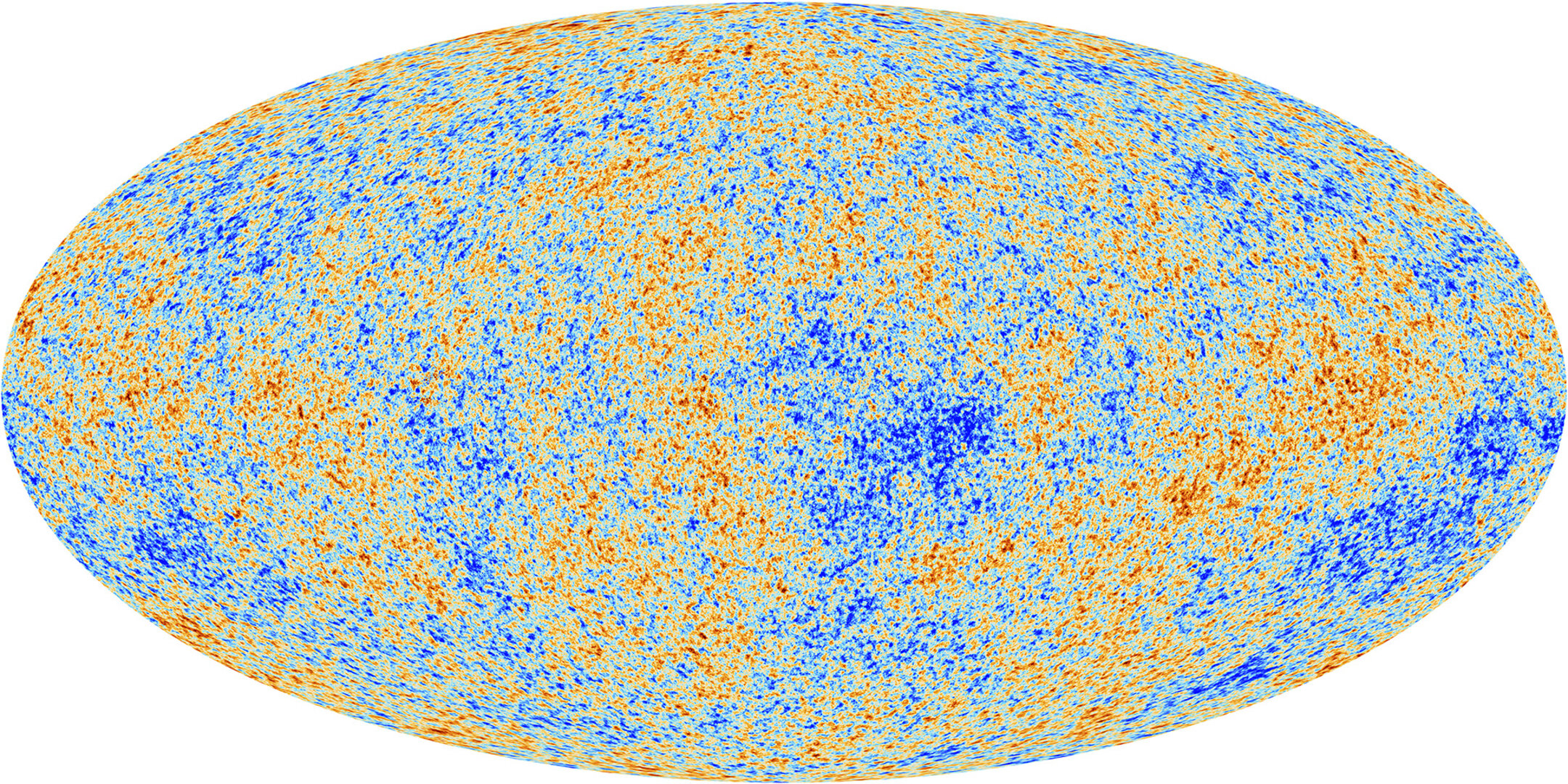Studying the cosmic microwave background from Antarctica
ESA’s Planck observatory has revised and improved our picture of the Cosmic Microwave Background (CMB), also referred to as the ‘afterglow’ of the Big Bang. The telescope completed its work and was shut down in 2013, although many science results are still expected. Before Planck was launched, other observations were made in preparation for the space mission.
One of these took place in the Antarctic, with the help of a high-flying balloon. The international experiment known as BOOMERANG (Balloon Observations Of Millimetric Extragalactic Radiation and Geomagnetics) was an extremely sensitive microwave telescope carried by a balloon that circumnavigated the Antarctic in late 1998. The balloon carried the telescope at an altitude of almost 37 000 metres (120 000 feet) for 10 days in an experiment funded by Italian, UK, and US agencies.
The Boomerang experiment was only able to image about 3% of the sky, but was the first to resolve ‘structures’ in the CMB. The use of suborbital missions also helped scientists to figure out what kind of signals can contaminate images of the CMB and figure out how to avoid them, or to avoid factoring them in as part of the data.
Boomerang took to the sky again in 2003 with new equipment. It was able to measure some temperature anisotropies and some characteristics of polarization in the CMB. The in-depth study of the CMB allows cosmological theories to be tested – including ideas about what happened in the very first moments after the Big Bang.
The South Pole Telescope (SPT) is also investigating the CMB from Antarctica. The 10-metre diameter telescope was built at the Amundsen-Scott South Pole Station between 2006 and 2007. The cold, dry, stable air makes the location a good one for observations. The SPT has already delivered new information about the CMB, sometimes in collaboration with observations from space.




